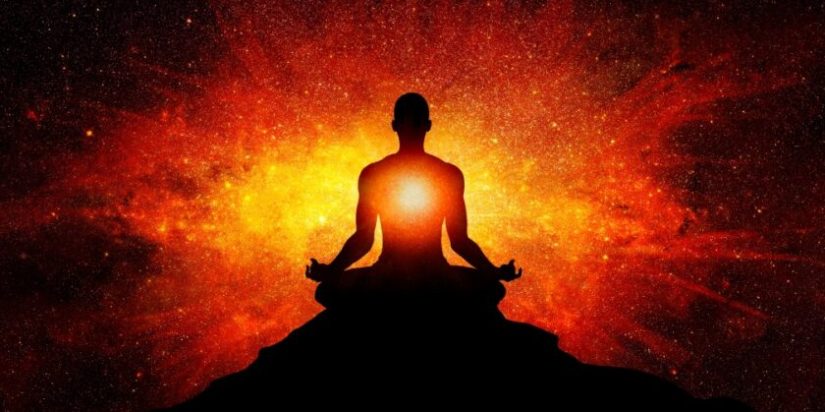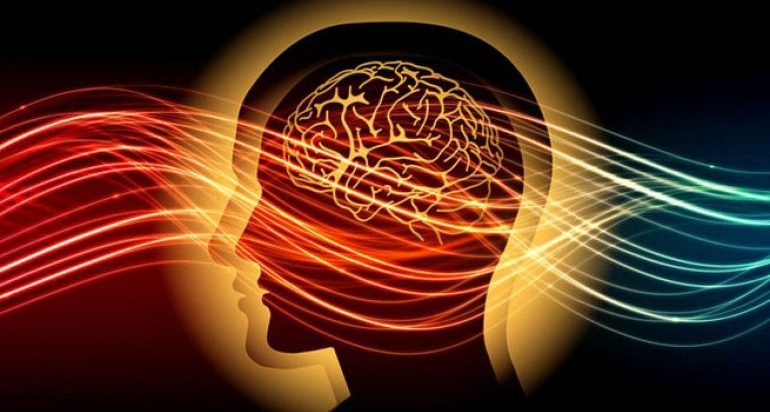So I have a neighbor who lives downstairs from me. He is a physicist. And Sunday afternoon as we sat enjoying enchiladas potosinas and guacamole, he began to explain to me the concept and problem with the speed of light. Here it is summarized below. Imagine you see a train traveling at 50km per hour.
Leer más...

